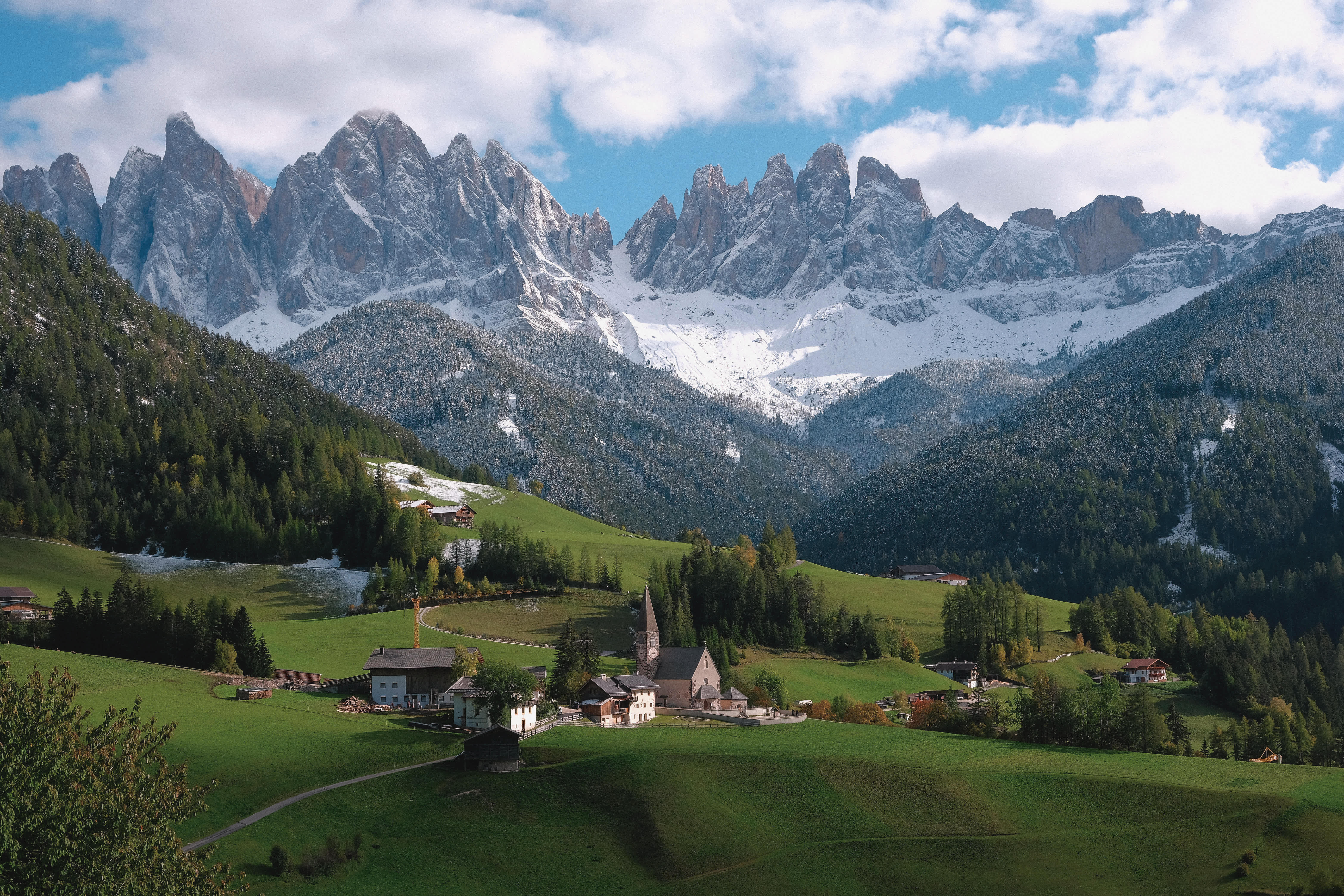The Alps have long been a winter paradise for skiers and snow lovers, but their appeal in summer is growing fast. With vast hiking trails, scenic train routes, and charming mountain huts, the Alps offer a perfect mix of adventure and relaxation during the warmer months. Whether you’re planning a multi-day trek or simply want to explore alpine villages by train, here’s a practical guide to help you make the most of your trip.
What to pack for your Alpine adventure
Packing smart is key to enjoying your time in the Alps comfortably and safely. Since weather can be changeable, layering is essential: think breathable fleeces, loose hiking trousers, and sturdy hiking boots. A windproof and waterproof jacket is a must to protect against sudden mountain showers, and sunglasses will help with the intense glare at higher elevations. For day trips, a lightweight daypack will carry your essentials with ease.
If you plan on tackling higher-altitude hikes, bring thermals, hiking poles, a compass, and a water bottle. Don’t forget practical items like a torch, a first aid kit, and warm gloves and hats for chilly evenings. Being prepared will make a big difference, especially as temperatures can drop quickly after sundown.
Getting around: Trains, lifts and more
One of the best ways to explore the Alps is by train. The rail network is extensive, punctual, and eco-friendly, making it easy to hop from one alpine town to another. While many trains offer non-reserved seats, it’s wise to book in advance during peak seasons. For higher mountain areas, funiculars, cog railways, cable cars, and chair lifts open up even the most remote spots, offering breathtaking views and easy access to trails.
Many alpine countries offer discount tickets on certain routes and times, which can save you a lot. Look out for special deals such as Austria’s Sparschiene, Germany’s Sparpreis, or Switzerland’s Supersaver. Rail passes like the Swiss Travel Pass or Austria’s Vorteilscard also offer great value if you plan multiple journeys.
Driving and accessibility in the Alps
If you prefer driving, the alpine roads are generally well maintained and well signed, but be prepared for winding routes and steep inclines. Some mountain passes are only open seasonally, typically from June to October. Don’t forget you’ll need a vignette or digital toll pass to drive on major roads in countries like Switzerland and Austria.
Accessibility is improving throughout the Alps. Many trains, cable cars, and hiking trails now accommodate people with limited mobility. Switzerland is particularly proactive in this area, so check local tourist information for details on accessible transport and routes.
Hiking safely in Alpine terrain
Safety should be a top priority when hiking. Always tell someone your route, check the weather forecasts (apps like Mountain Forecast are excellent), and dress appropriately. Carry enough water, keep your phone charged, and avoid hiking alone at high altitudes if possible.
Stick to marked trails and understand the colour coding: yellow or blue trails are easy, white-red-white or red are moderately challenging, and black or white-blue-white mark difficult alpine routes. For the tougher hikes, bring a map and compass and consider your experience level carefully. Remember, the mountains can be unpredictable.

Planning your hikes and mountain stays
For route inspiration, Cicerone offers a great series of guides covering hiking, trekking, cycling, and bikepacking in the Alps, complete with maps and downloadable GPX files. Online platforms like Bergfex also provide updated info on weather, trails, and accommodation.
Mountain huts, often located along long-distance trails, offer a unique way to experience the Alps. Most are open from mid-June to mid-September and can be booked online. These huts range from rustic shelters to more comfortable lodges, usually with dormitory-style sleeping arrangements. Pack a sleeping bag liner, headtorch, and earplugs, and be prepared to carry out your rubbish. Alpine club memberships (such as DAV, ÖAV, SAC, or CAI) can offer discounts and useful planning resources.

When and how to get there
Several airlines connect the UK and Europe to alpine gateways such as Munich, Salzburg, Innsbruck, Zurich, Geneva, and Milan, with flight times averaging around two hours. Train travel is also a viable option: for instance, the journey from London to Munich via Paris takes about ten hours, and fast trains can reach Geneva in as little as seven. Once in the region, a combination of trains, buses, and mountain railways make even the smallest alpine villages accessible. Taxis are available but can be costly, so plan accordingly.
The best time to visit the Alps
Alpine seasons closely follow the snow calendar. Many high-altitude resorts close between mid-April and mid-June, then again from October to early December. These quieter shoulder seasons can be perfect for city and town visits, with attractive flight and accommodation deals.
Summer months—June through August—are ideal for hiking, biking, and rafting, with long sunny days and temperatures reaching up to 25°C (77°F). May and September offer mild weather, perfect for exploring lower-altitude areas while enjoying spring wildflowers or autumnal foliage. With thoughtful preparation and a sense of adventure, exploring the Alps in summer can be a breathtaking experience. Whether you’re hiking rugged trails, cruising scenic railways, or relaxing in mountain villages, the Alps offer unforgettable moments in every season.



